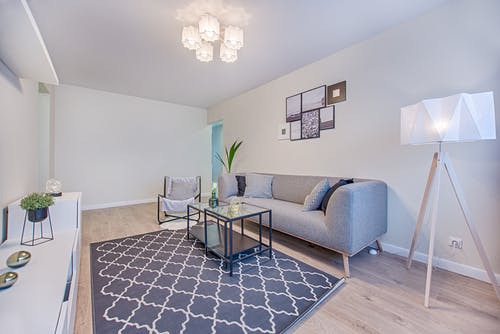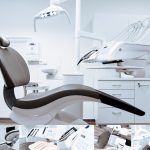
The presence of gyms in prisons is a reflection of an understanding that physical exercise plays a crucial role in inmate rehabilitation and overall wellness. However, the equipment found in these gyms is often distinct from that of a typical fitness center. The need for specialized gym equipment within correctional facilities is routed in considerations of safety, security, and functionality, ensuring that the environment remains conducive to its unique setting.
Enhancing Inmate Safety
In an environment where safety is paramount, the design of gym equipment must prioritize the reduction of risks. Specialized gym equipment for prisons is typically devoid of removable parts to prevent them from being used as weapons. Moreover, weights are often built into machines to prevent misuse or unauthorized removal.
Adaptability and Durability
Gym equipment in prisons needs to withstand heavy usage and possible vandalism. Hence, they are constructed with robust materials and designs that can endure the rigors of a penitentiary setting. This durability is essential for long-term use and to avoid the frequent replacement of gym equipment, which could be costly for the correctional facility.
Preventing Unauthorized Trade and Substance Concealment
The nooks and crannies present in standard gym equipment offer opportunities for inmates to hide contraband. Specialized equipment for prison gyms is designed to limit such potential hiding spots, with solid surfaces and minimal gaps where substances or items could be concealed.
One might find options from outdoor fitness equipment manufacturers that cater to this need, producing items with fewer crevices and increased visibility to prevent unauthorized exchanges among inmates.
Maximizing Limited Space
Prisons often operate within spatial constraints. Specialized gym equipment is designed to be compact and multifunctional, allowing inmates to perform a variety of exercises on a single machine, thus maximizing the limited space available.
Cost-Effectiveness
The initial investment in specialized gym equipment may be higher, but their durability and multifunctionality mean they can be more cost-effective in the long run. Reduced maintenance and replacement costs make them a financially prudent choice for prison facilities that require sustainable options.
Serving a Diverse Population
The inmate population is diverse, with individuals of varying fitness levels, ages, and physical capabilities. Specialized gym equipment needs to cater to this diversity, often including features that allow for adjustable resistance levels and support for different exercises, accommodating inmates with different workout requirements.
Providing a Controlled Environment
Physical exercise can serve as a constructive outlet for energy and aggression, but it must occur within a controlled environment. The layout of the gym and the type of equipment available are designed to allow for supervision and prevent areas where inmates could potentially hide from view.
Similarly, facilities may consider incorporating outdoor exercise equipment within controlled yards, offering inmates the benefits of fresh air while maintaining a secure perimeter.
Regulatory Compliance
Prison gyms must comply with specific regulations that dictate the type of equipment permissible within a correctional environment. These regulations are in place to standardize safety and security measures across the board.
Ensuring Equity and Access
In the spirit of fostering equity and producing a rehabilitative environment, access to physical fitness opportunities is crucial. Specialized gym equipment is thus designed to be inclusive and accessible, promoting equitable use by all inmates, regardless of their physical condition.
Equipment That Promotes Rehabilitation
Ultimately, the primary goal of prison gyms is to aid in the rehabilitation process. Exercise has been shown to improve mental health, reduce stress, and facilitate positive behavior. By providing specialized gym equipment, prisons are offering inmates a pathway to improve their health and well-being, which is key to preparing them for reintegration into society.
When contemplating how to enhance these facilities, incorporating elements like park workout equipment can bring a new dimension to the rehabilitation process, offering different forms of physical activity and exposure to more natural settings within the secure confines of the facility.
Adapting to Technological Advancements
As technology evolves, so do the options for prison gym equipment. Incorporating electronic systems that track usage, limit access, or provide guided routines can enhance the function of these gyms, propelling the penitentiary’s approach to fitness into the modern era while still maintaining security protocols.
Training and Education
Prison gyms are not only about physical exercise; they can also serve as an educational platform. The equipment and its usage can be a part of a broader curriculum that educates inmates on health, fitness, and nutrition, contributing to their holistic development.
As we’ve explored, there are numerous factors that make specialized equipment non-negotiable in the unique context of a prison gym, with the ultimate goal of fostering an environment that is conducive to positive change.
To End
The necessity for specialized gym equipment in prison settings stems from a multifaceted approach to inmate safety, security, and rehabilitation. These facilities require equipment that aligns with stringent regulations and the demanding environment of a correctional institution.
By providing robust, multifunctional, and secure gym options, prisons are investing in the health and future well-being of their inhabitants, thereby underpinning the broader objective of rehabilitation and societal reintegration.




















































